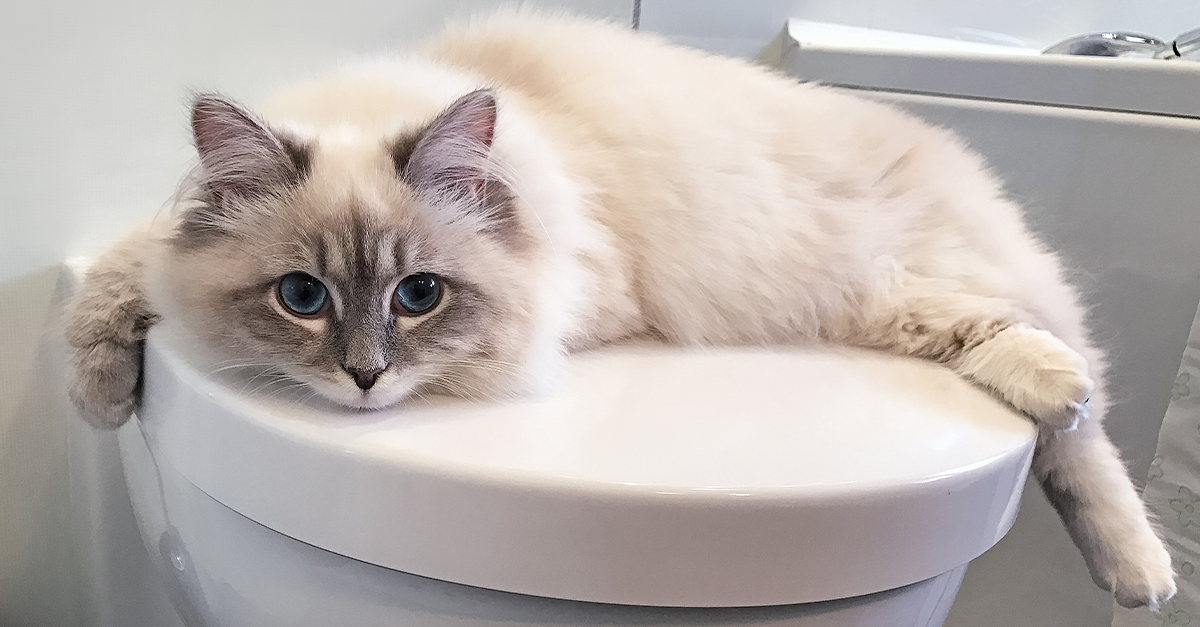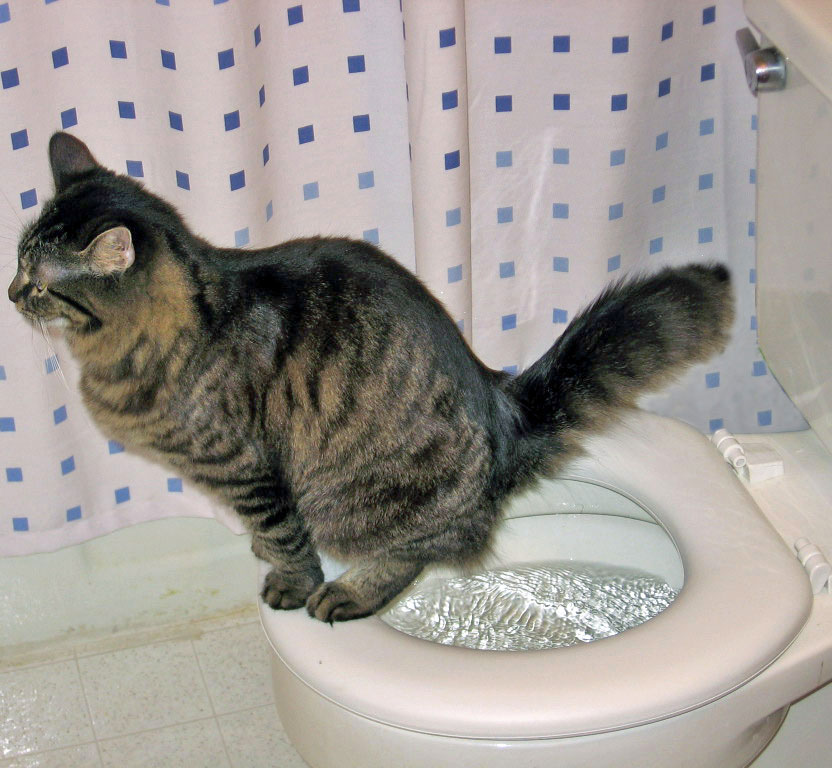Avoid Clogs and Damage: Never Flush Cat Poop Down Your Toilet - Professional Insights
Avoid Clogs and Damage: Never Flush Cat Poop Down Your Toilet - Professional Insights
Blog Article
Each person has got his or her own conception with regards to Don’t flush cat feces down the toilet.

Intro
As feline proprietors, it's essential to be mindful of just how we throw away our feline friends' waste. While it may appear hassle-free to flush feline poop down the toilet, this technique can have detrimental consequences for both the environment and human health.
Alternatives to Flushing
Luckily, there are more secure and more responsible methods to throw away feline poop. Take into consideration the adhering to choices:
1. Scoop and Dispose in Trash
One of the most common method of taking care of pet cat poop is to scoop it into a naturally degradable bag and toss it in the garbage. Make certain to make use of a devoted trash inside story and take care of the waste promptly.
2. Use Biodegradable Litter
Opt for biodegradable pet cat trash made from materials such as corn or wheat. These trashes are eco-friendly and can be safely taken care of in the garbage.
3. Hide in the Yard
If you have a backyard, take into consideration hiding pet cat waste in a marked area far from veggie gardens and water sources. Make certain to dig deep adequate to stop contamination of groundwater.
4. Mount a Pet Waste Disposal System
Purchase a pet waste disposal system specifically made for pet cat waste. These systems use enzymes to break down the waste, reducing odor and ecological influence.
Health and wellness Risks
Along with ecological issues, flushing feline waste can likewise present health threats to human beings. Feline feces may contain Toxoplasma gondii, a bloodsucker that can trigger toxoplasmosis-- a potentially serious disease, especially for expecting females and individuals with weakened body immune systems.
Ecological Impact
Purging feline poop introduces harmful virus and bloodsuckers into the supply of water, positioning a significant danger to water ecosystems. These impurities can negatively influence marine life and concession water high quality.
Final thought
Responsible family pet ownership expands beyond giving food and shelter-- it also includes proper waste management. By refraining from purging pet cat poop down the toilet and selecting alternative disposal techniques, we can lessen our ecological footprint and secure human health and wellness.
Why Can’t I Flush Cat Poop?
It Spreads a Parasite
Cats are frequently infected with a parasite called toxoplasma gondii. The parasite causes an infection called toxoplasmosis. It is usually harmless to cats. The parasite only uses cat poop as a host for its eggs. Otherwise, the cat’s immune system usually keeps the infection at low enough levels to maintain its own health. But it does not stop the develop of eggs. These eggs are tiny and surprisingly tough. They may survive for a year before they begin to grow. But that’s the problem.
Our wastewater system is not designed to deal with toxoplasmosis eggs. Instead, most eggs will flush from your toilet into sewers and wastewater management plants. After the sewage is treated for many other harmful things in it, it is typically released into local rivers, lakes, or oceans. Here, the toxoplasmosis eggs can find new hosts, including starfish, crabs, otters, and many other wildlife. For many, this is a significant risk to their health. Toxoplasmosis can also end up infecting water sources that are important for agriculture, which means our deer, pigs, and sheep can get infected too.
Is There Risk to Humans?
There can be a risk to human life from flushing cat poop down the toilet. If you do so, the parasites from your cat’s poop can end up in shellfish, game animals, or livestock. If this meat is then served raw or undercooked, the people who eat it can get sick.
In fact, according to the CDC, 40 million people in the United States are infected with toxoplasma gondii. They get it from exposure to infected seafood, or from some kind of cat poop contamination, like drinking from a stream that is contaminated or touching anything that has come into contact with cat poop. That includes just cleaning a cat litter box.
Most people who get infected with these parasites will not develop any symptoms. However, for pregnant women or for those with compromised immune systems, the parasite can cause severe health problems.
How to Handle Cat Poop
The best way to handle cat poop is actually to clean the box more often. The eggs that the parasite sheds will not become active until one to five days after the cat poops. That means that if you clean daily, you’re much less likely to come into direct contact with infectious eggs.
That said, always dispose of cat poop in the garbage and not down the toilet. Wash your hands before and after you clean the litter box, and bring the bag of poop right outside to your garbage bins.
https://trenchlesssolutionsusa.com/why-cant-i-flush-cat-poop/

We were made aware of that editorial about Can You Flush Cat Poo or Litter Down the Toilet? from someone on a different web blog. You should take the opportunity to distribute this entry if you appreciated it. Many thanks for going through it.
Click Here Report this page